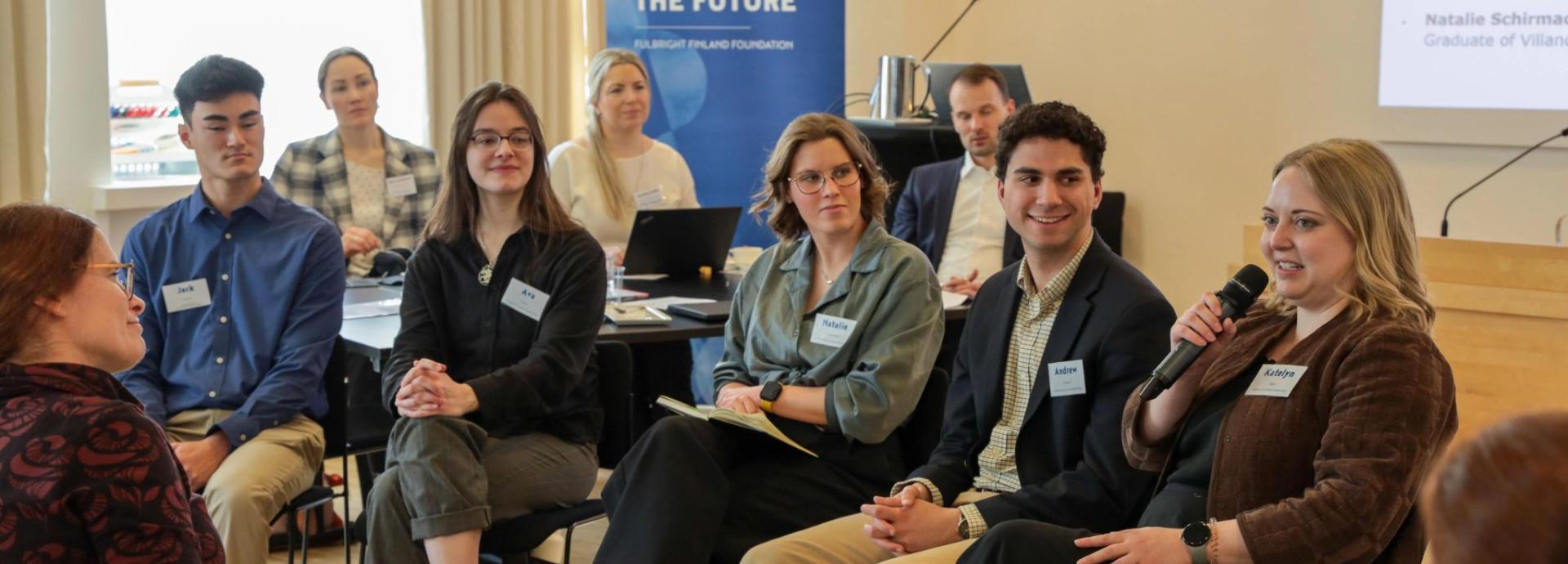
Capacity Building Workshop 2025: Key Takeaways
This page summarizes the key takeaways and good practices for increasing Finnish-U.S. student mobility, gathered during the Fulbright Finland Foundation's Capacity Building workshop in March 2025.

On March 19, 2025, the Fulbright Finland Foundation organized a capacity-building workshop in Helsinki, titled "Developing Sustainable Partnerships with U.S. HEIs and International Student Services". The event focused on developing institutional partnerships between Finland and the United States to increase student mobility, aiming to equip Finnish higher education institutions with strategies to effectively engage with U.S. partners. Below are the key takeaways and good practices gathered during the day.
"So many concrete ideas that I’ll definitely take with me! Especially relating to international student services and marketing."
-Capacity Building Workshop participant